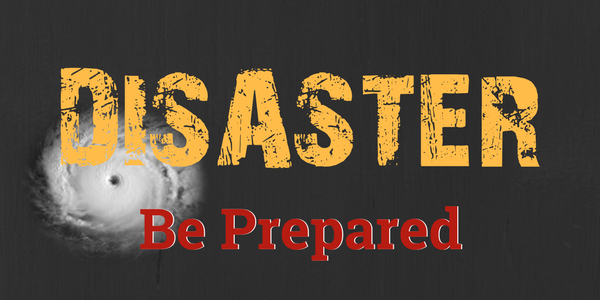
Emergency Preparedness: Some Best Practices for Property Managers
September 6, 2017 | Beth Glavosek | Blue Vault

As we saw last week with Hurricane Harvey and now with Irma headed toward south Florida, Mother Nature can be relentless. When it comes to protecting property – whether personal or business-related – having a current emergency preparedness plan in place helps preserve human life and minimize damage as much as possible.
When it comes to protecting commercial real estate (CRE), property managers usually have the responsibility for preparing emergency plans. Such plans protect the safety of employees who work in the buildings as well as the buildings themselves as much as possible.
According to the Institute of Real Estate Management (IREM), the following are just some of the key components for CRE disaster planning:
Use all of Modes of Crisis Communications
When there is a disaster of any kind, one of the most important things to do is communicate with tenants, residents, staff, and clients to ensure everyone’s safety and security. IREM says that crisis responders should maximize use of the variety of options available for providing immediate notifications and ongoing updates. These options include: automated mass notifications that include text messages, phone messages (mobile, home, work or other phones), and e-mail; toll-free phone numbers with pre-recorded messages; online options (like Twitter, Facebook, or other social media); and backup phone systems that include mobile and satellite options.
Follow Business Continuity Plans
Effective business continuity plans contain multiple facets, but perhaps the most critical are protecting IT systems with adequate backups, hard copies, and vendor arrangements, as well as protecting the business’s contents, inventory, and production processes with adequate insurance. The Insurance Institute for Business and Home Safety provides a free toolkit that covers the array of components that a business continuity plan should have.
Take Protective Actions for Life Safety
An emergency plan should include detailed instructions on how to carry out protective actions to keep peoples’ lives safe. According to Ready.gov, protective actions for life safety include Evacuation, Sheltering, Shelter-In-Place, and Lockdown. Some actions will be more appropriate for certain situations than others. For example, in the case of hazards like fire, chemical spills, bomb threats, or suspicious packages, building occupants should be evacuated or relocated to safety. Other incidents like tornadoes would require that everyone be moved to the strongest part of the building and away from exterior glass. If a transportation accident nearby causes a release of chemicals, the fire department may warn to “shelter-in-place.” Lockdowns are appropriate when dealing with human intruders.
In future posts, we’ll look at how property managers get damaged buildings up and running again, as well as ways to protect investors’ assets.











